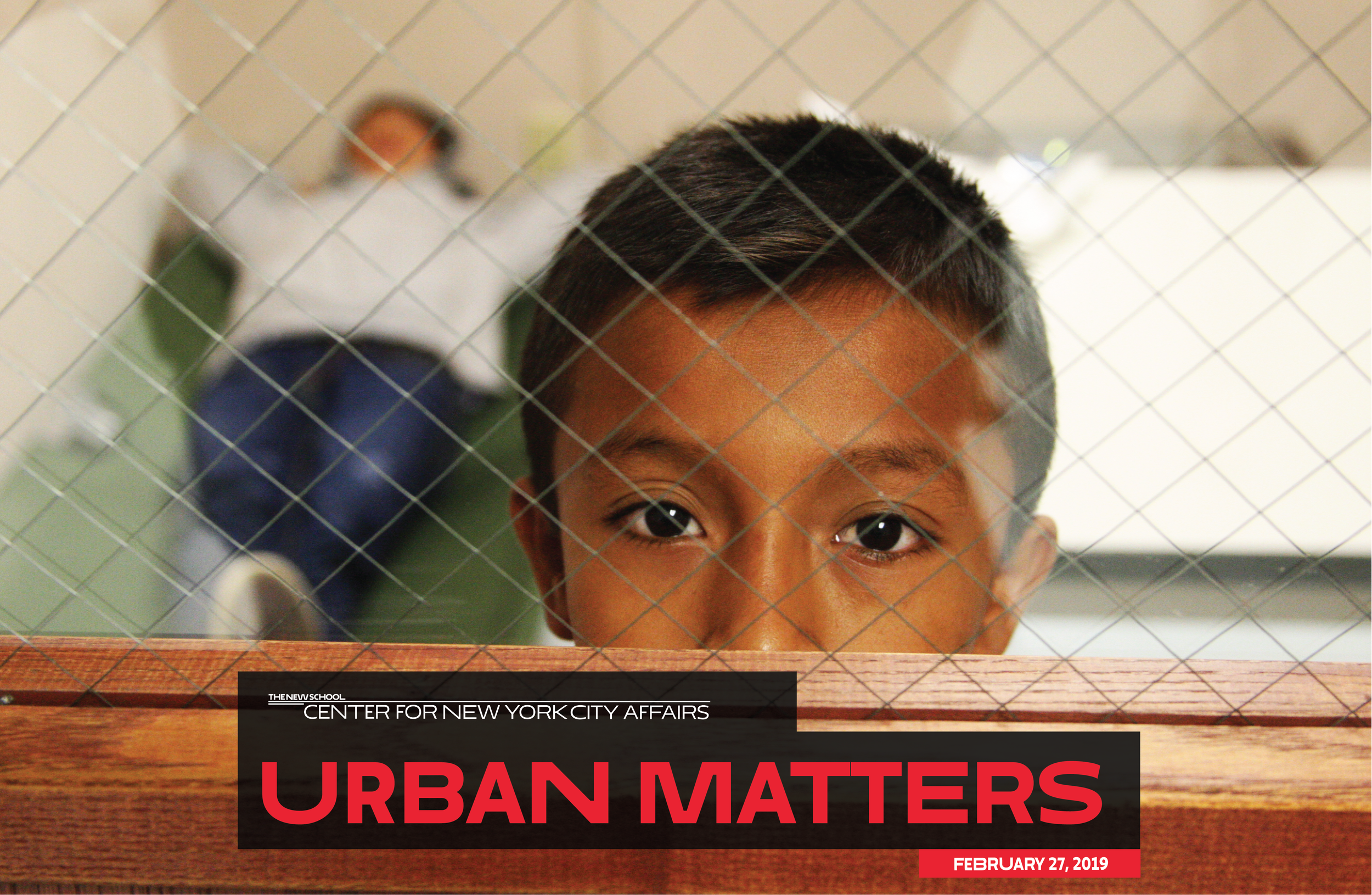February 27, 2019
‘Like Setting a House on Fire’: The Long-Term Impacts of Migrant Family Separation Policy
By Jack P. Shonkoff, M.D.
[Over the past year, thousands of migrant children have been forcibly detained in a network of federally contracted shelters, separated from their parents, after crossing the border with Mexico. Months after the announced end of this wide-scale practice, it remains a heated issue in the courts and at the border, as critics contend the government still needlessly breaks up immigrant families. One of the nation’s leading experts on early childhood development offered this assessment in testimony at a Feb. 7 hearing of the Subcommittee on Oversight and Investigations of the U.S. House of Representatives Committee on Energy and Commerce, published here with his permission.]
Sudden, forcible separation of children from their parents is deeply traumatic for both the child and the parent. Above and beyond the distress we see “on the outside,” this triggers a massive biological stress response “inside” the child, which remains activated until the parent returns and provides comfort. Continuing separation removes the most important protection a child can possibly have to prevent long-term damage—a loving adult who’s totally devoted to his or her well-being.
Without exaggeration, thousands of studies converge on the following two core scientific concepts:
A strong foundation for healthy development in young children requires a stable, responsive, and supportive relationship with at least one parent or primary caregiver.
High and persistent levels of stress activation (known as “toxic stress”) can disrupt the architecture of the developing brain and other biological systems with serious negative impacts on learning, behavior, and lifelong health.
Early experiences are literally built into our brains and bodies. Stable and responsive relationships promote healthy brain architecture, establish well-functioning immune, cardiovascular, and metabolic systems, and strengthen the building blocks of resilience.
If these relationships are disrupted, young children are hit by the “double whammy” of a brain that is deprived of the positive stimulation it needs and assaulted by a stress response that disrupts its developing circuitry.
When any of us feels threatened, our body’s stress response systems are activated. Heart rate and blood pressure go up, stress hormone levels are elevated, blood sugar rises, and inflammatory responses are mobilized. This is the “fight or flight” response. We all know what that feels like physically when we’re really stressed out!
This response is automatic and essential for survival, but it is designed to go back to normal when the threat is over. If the sense of danger continues, ongoing activation of the stress response shifts from protection to disruption or outright damage. For example:
Persistently elevated stress hormones can disrupt brain circuits that affect memory and the ability to focus attention and regulate behavior.
Excessive inflammation and metabolic responses to stress in childhood increase the risk of heart disease, diabetes, depression, and many other chronic illnesses in the adult years.
Unlike “positive” or “tolerable” stress, which can build resilience, the excessive and prolonged nature of what we call “toxic stress” increases the risk of lifelong problems.
The scientific principles I have just described provide a powerful framework for understanding the damage caused by the current family separation policy. All children who were abruptly separated from familiar caregivers at the border experienced overwhelming stress. Will some survive without significant problems? The answer is yes. Will many be seriously impaired for the rest of their lives? The answer again is yes. The biology of adversity suggests three factors that influence who is at greatest risk.
The first is age. Younger children are the most vulnerable because their brain circuitry and other biological systems are relatively under-developed, and because they are most dependent on adult caregivers.
The second is previous harm from adversity. The pile-up of stress on children who are already compromised shifts the odds against them even further. Intentionally withholding the most powerful healing intervention we could possibly offer—the care that parents provide when their children are in danger— goes against everything science tells us.
The third reason for variation in outcomes is the duration of separation. Toxic stress is a ticking clock—and prolonged separation inflicts increasingly greater harm as each week goes by.
From a scientific perspective, the initial separation and the lack of rapid reunification are both indefensible. Forcibly separating children from their parents is like setting a house on fire. Prolonging that separation is like preventing the first responders from doing their job.


